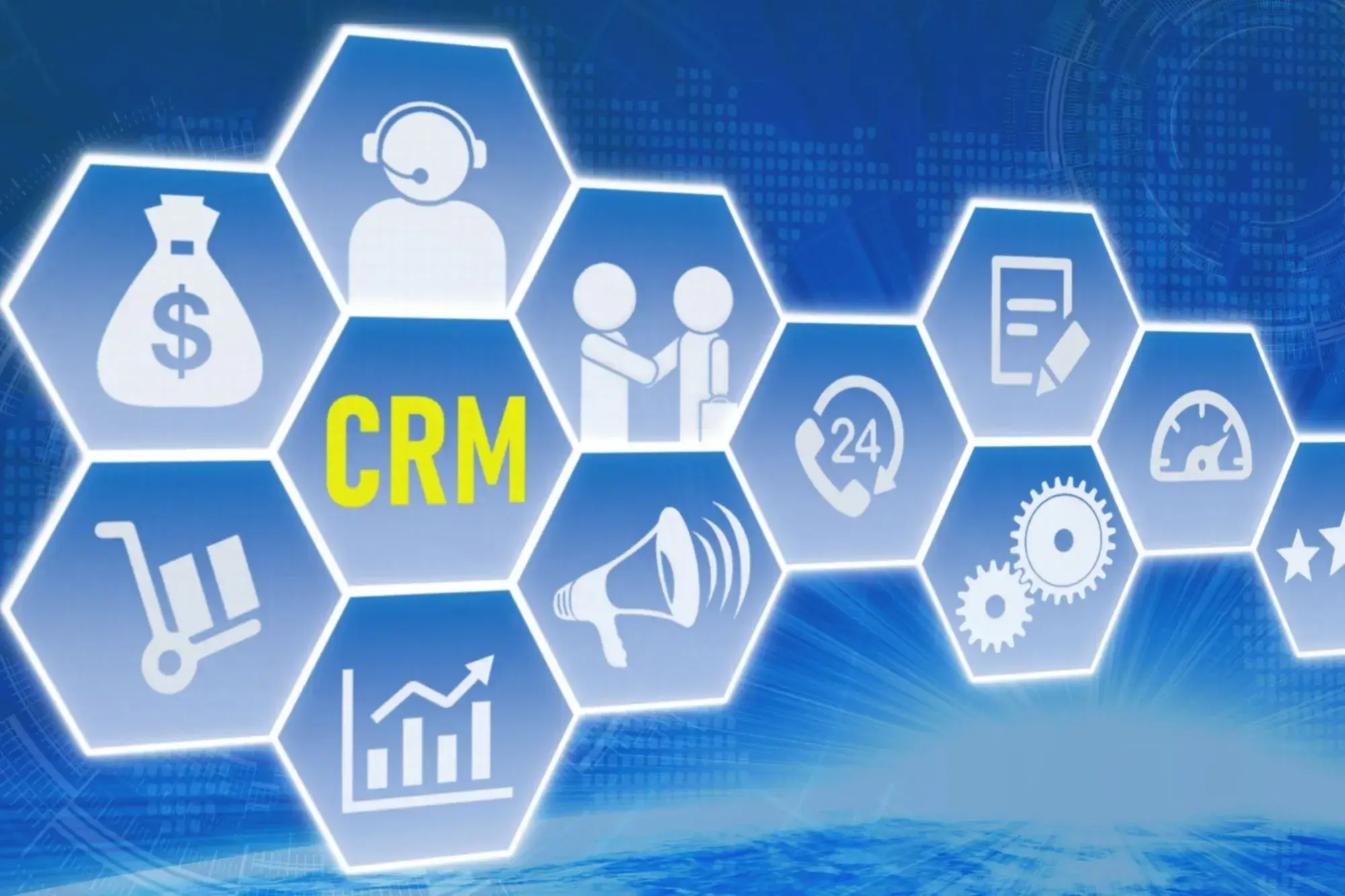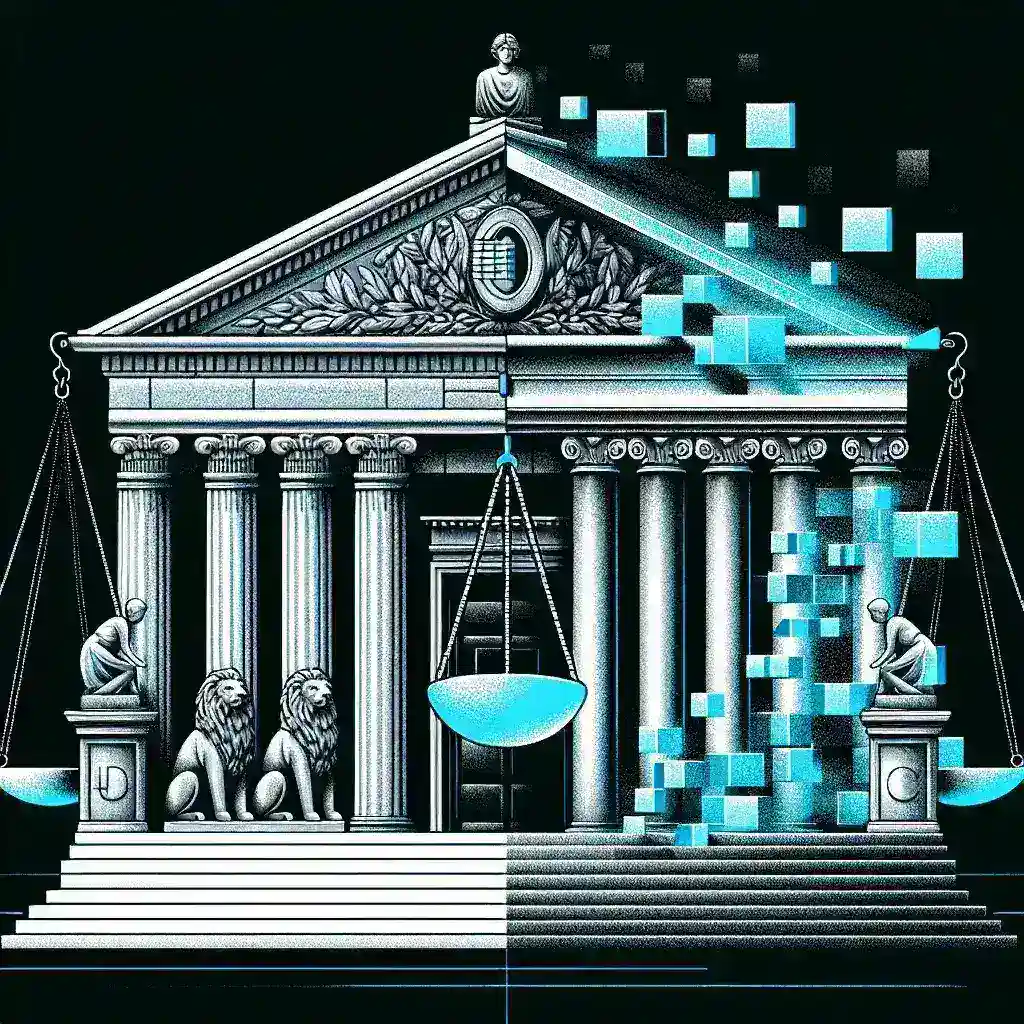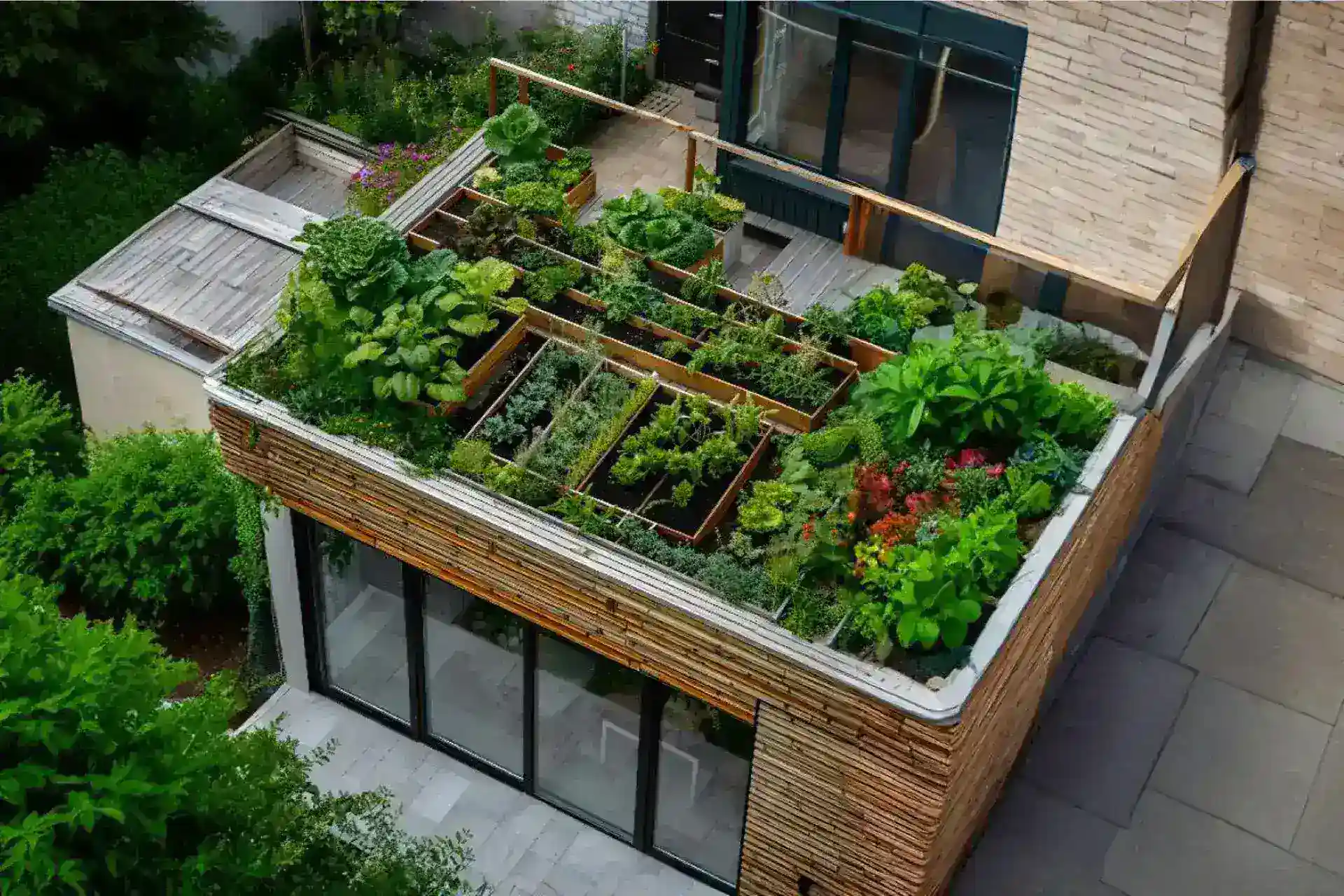Understanding HEIC and JPG: A Necessary First Step
Before diving into the conversion process, let’s briefly understand the two image formats involved. HEIC (High Efficiency Image File Format), also known as HEIF (High Efficiency Image File Format), is a newer, more efficient format than JPG (JPEG). It offers superior compression, resulting in smaller file sizes without significant loss of image quality. However, its relative newness means that not all devices and software support it natively, leading to the common need for HEIC to JPG conversion.
JPG, on the other hand, is a legacy format that’s been around for decades and enjoys near-universal compatibility. While it doesn’t offer the same level of compression as HEIC, its widespread support makes it the default choice for many applications, particularly online sharing and older devices.
Why Convert HEIC to JPG?
The primary reason people convert HEIC images to JPG is compatibility. If you’re working with older software, emailing images to someone with an older device, or uploading images to a website that doesn’t support HEIC, conversion is necessary. This ensures your images are universally accessible and viewable without any issues. Imagine the frustration of sending a stunning photo only to find the recipient can’t open it! Converting to JPG solves this problem effortlessly.
Another less common but still important reason is file size. While HEIC offers better compression, sometimes you might need that extra bit of compression that JPG provides, especially when dealing with a large number of images. If you’re limited by storage space or need to optimize images for web use, converting to JPG might be beneficial, even if it means a slight loss in quality.
Methods for Converting HEIC to JPG
There are several ways to convert HEIC images to JPG, ranging from simple built-in features on some operating systems to dedicated online converters and software. The best method depends on your technical skills, the number of images you need to convert, and your access to specific tools.
1. Using Your Operating System’s Built-in Capabilities
Both macOS and Windows 10 and later versions have native support for HEIC, and often include options for automatic or manual conversion. On macOS, you can usually open the image in Preview and export it as a JPG. Windows 10 and 11 allow you to import HEIC images and have them automatically converted during import. However, the exact steps may differ slightly depending on your settings, so it’s worth checking your system’s documentation for precise instructions.
2. Employing Online Converters
Numerous websites offer free online HEIC to JPG conversion services. These are often very convenient for quick conversions of a few images. Simply upload your HEIC file, select the JPG format, and download the converted image. However, be cautious about uploading sensitive images to unknown websites; ensure the site uses secure protocols (HTTPS) and has a good reputation before uploading your files. We recommend checking user reviews and ratings before using any online service. Example Converter (replace with a real, safe, and reputable site)
3. Utilizing Dedicated Software
For those who regularly deal with HEIC images or need to convert large batches, dedicated image editing software offers the most efficient and reliable solution. Many popular image editors, like Adobe Photoshop and GIMP (GNU Image Manipulation Program), provide seamless conversion capabilities. These programs allow for batch processing, making bulk conversions fast and efficient. Moreover, they offer additional image editing tools, which you can use if necessary to adjust your images further.
Choosing the Right Conversion Method
The optimal method depends on your needs. If you have only a couple of files and require a quick conversion, an online converter is perfect. For frequent conversions or when dealing with numerous images, dedicated image editing software is the superior choice. If your operating system natively supports HEIC and you’re comfortable with the built-in tools, that’s a simple and effective option as well.
Beyond Conversion: Managing HEIC Files
While conversion offers a solution for compatibility issues, it’s also worth considering ways to manage HEIC files effectively. If possible, keeping your original HEIC images while maintaining readily accessible JPG copies is a good practice. HEIC’s smaller file size ensures that your storage isn’t unnecessarily bloated.
If you’re consistently shooting photos in HEIC format and frequently encounter compatibility problems, consider adjusting your device settings to capture images in both HEIC and JPG formats. This creates redundancy and ensures you always have a JPG backup.
HEIC vs. JPG: A Detailed Comparison
In a nutshell, HEIC offers several advantages over JPG, primarily in terms of image quality and file size. HEIC uses a more advanced compression algorithm, which allows for smaller file sizes at the same level of quality, or higher quality at the same file size. However, this advantage is offset by the fact that not all applications support HEIC, leading to the need for conversion.
JPG, despite its older technology, remains the most compatible and widely supported image format. Its simplicity and ubiquity make it the reliable choice for sharing and displaying images across different platforms and devices. The decision of which format to use depends on your priorities: maximum image quality and efficient storage versus universal compatibility.
The Future of HEIC and JPG
As technology progresses, we can expect HEIC to gain even wider adoption. As more devices and software gain native support for HEIC, the need for conversion may gradually diminish, but JPG will likely still be highly useful due to its widespread compatibility. It’s highly unlikely JPG will disappear soon, so understanding both formats and their strengths remains relevant. For now, having the ability to convert between the two remains a valuable skill.
In conclusion, converting HEIC to JPG is a straightforward process, with multiple options available to suit various needs and technical skill levels. Understanding the nuances of each format and the reasons for conversion allows for more informed decision making, ensuring you always have the right tools and methods at your disposal to manage your images efficiently.
Remember to always prioritize using secure and reputable online services or software for converting your images. Never compromise the safety of your personal data for the sake of convenience.
For further information on image formats and best practices in digital image management, you might find additional resources helpful. Example Resource 2 (replace with a real, safe, and reputable site)





